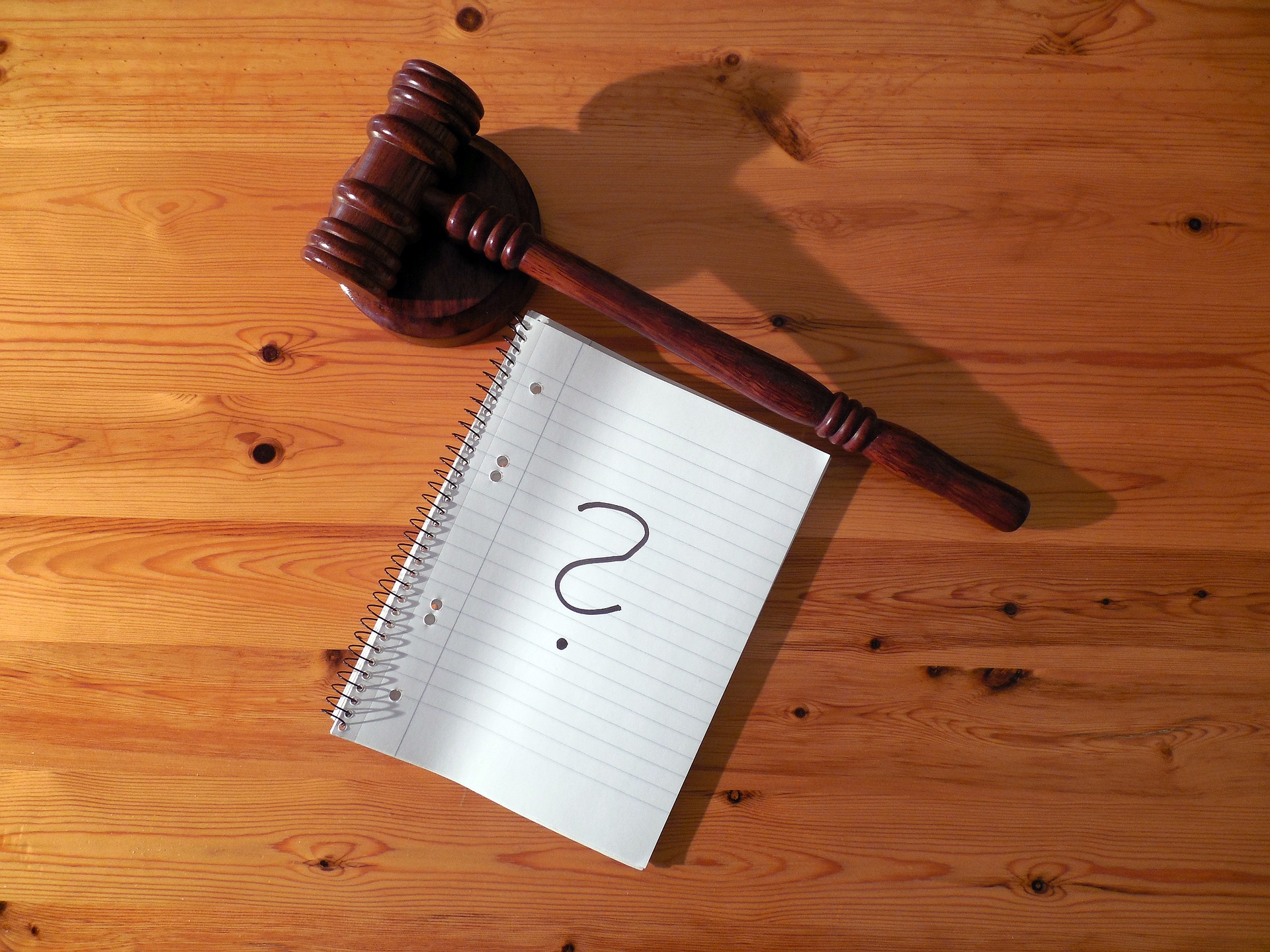
A trial court’s rulings on evidentiary objections are tough to reverse on appeal. But what about when the rulings are reflexive and not really supported by any analysis? In some cases, such “blanket” rulings may be found to be an abuse of discretion and reversed on appeal.
The appellant argued improper “blanket” rulings were the reason an anti-SLAPP motion was granted against him in Foley v. McElroy (D4d1 Dec. 6, 2021 no. D077299) 2021 WL 5766572 (nonpub. opn.). But the Court of Appeal disagreed and affirmed.
When a priest sued his bishop and diocese for including the priest’s name in a list of clergy credibly accused of child molestation, the bishop and diocese filed an anti-SLAPP motion. In opposition, the priest submitted a declaration explaining he had been found “non constat” by the church tribunal, and that “non constat” was equivalent to “not guilty.” He also declared the “not guilty verdict” was “validated by Rome.”
But the trial court sustained the diocese’s objections to the two paragraphs in the declaration were these statements appeared. The trial court did not explain its rulings.
“Blanket” Evidentiary Rulings May Be Improper Where They Suggest an Absence of Discretion:
On appeal, the priest argued the rulings as to the two entire paragraphs without analysis amounted to a “blanket” ruling, and should be reversed for that reason.
The Court of Appeal disagreed:
“The so-called “blanket” rulings that appellate courts have viewed with suspicion are those excluding vast swaths of evidence on grounds so perfunctory they suggest reflexive, unconsidered judicial action. (See, e.g., Nazir v. United Airlines, Inc. (2009) 178 Cal.App.4th 243, 249–250, 254–256 (Nazir) [trial court ruling that perfunctorily sustained 763 out of 764 evidentiary objections, many of them frivolous, was an abuse of discretion because it could not possibly have been guided by fixed legal principles]; Greenspan v. LADT LLC (2010) 191 Cal.App.4th 486, 522 (Greenspan) [trial court ruling sustaining all but one of defendants' objections to 30 of plaintiff's 39 exhibits was “cryptic”].)”
But the rulings here did not cover hundreds of objections, as in Nazir. And not even dozens, as in Greenspan. The rulings covered just two paragraphs containing about half a dozen statements. “This is not the sort of sweeping, presumptively unconsidered ruling criticized in Nazir and Greenspan.”
What about the fact that the rulings were not accompanied by any analysis? That alone does not establish error. “[U]nder Greenspan, we do not simply reverse cryptic evidentiary rulings, but rather we consider for ourselves whether each underlying objection has merit. (See Greenspan, at p. 522 [“Lacking any guidance from the trial court, we must consider every objection ... to decide if any has merit.”].)”
The court went on for several paragraphs to conclude the rulings were appropriate on grounds the statements were, hearsay, lacked foundation, and were improper lay opinion.
Reminder: Anti-SLAPP Rulings Are Themselves Appealable — Do Not Wait Around for the Judgment:
Although the trial court entered an order granting the anti-SLAPP motion, the plaintiff did not appeal from that order. Instead, the plaintiff waited until the court entered a judgment of dismissal. The plaintiff then appealed from the judgment.
The Court of Appeal noted this was improper, but reviewed the anti-SLAPP order anyway:
“An order granting or denying an anti-SLAPP motion is independently appealable (§§ 425.16, subd. (i), 904.1, subd. (a)(13)), and thus “we are foreclosed from reviewing that order on appeal from the judgment.” (Maughan v. Google Technology, Inc. (2006) 143 Cal.App.4th 1242, 1247.) In his notice of appeal, Foley stated he was appealing from the “judgment or order” entered on January 16, 2020, the date the trial court entered judgment, and he attached a copy of the judgment, but not the order, to the notice. However, we must construe a notice of appeal liberally. (Cal. Rules of Court, rule 8.100(a)(2); Luz v. Lopes (1960) 55 Cal.2d 54, 59 [“notices of appeal are to be liberally construed so as to protect the right of appeal if it is reasonably clear what appellant was trying to appeal from, and where the respondent could not possibly have been misled or prejudiced”].) It is reasonably clear that Foley intended to appeal the order granting Defendants' anti-SLAPP motion, and the appeal would have been timely as to that order. Accordingly, we construe the appeal as properly brought from the order granting the anti-SLAPP motion.”
Of course, had the court waited longer than 60 days after notice of entry of the anti-SLAPP order before issuing the judgment, the plaintiff’s appeal would have been untimely.
Do not forget to appeal from the anti-SLAPP order directly. Do not wait around for a judgment.